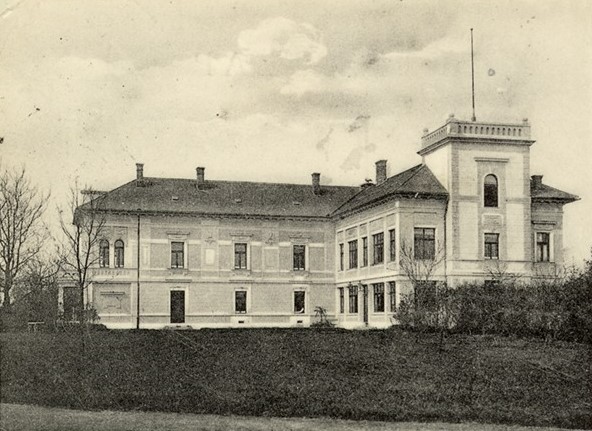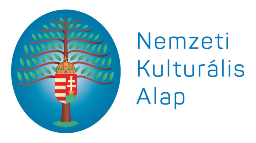The Teleki Manor House in Jucu de Sus
Historic Monument Code: CJ-II-m-B-07686
The manor house is located in the former village of Jucu de Jos, which in 1968 was unified with Jucu de Sus. A settlement by the name Zuku or Suk is already mentioned in 1312 and 1314, but due to the lack of historical sources, the past of the domain is unknown until the 17th century, when it comes into the possession of the Barcsay family and then, through the marriage between Michael Barcsay and Katherine Bánffy, it is inherited by the Bánffy family. In 1794 a manor house is mentioned here as the property of Count George Bánffy and Baron Farkas Bánffy, in poor condition by the end of the century. The L-shaped building – similar to the current ground plan – appears on all three military surveys of Transylvania (the first dating from the second half of the 18th century), with the difference that on the last of these, around 1890, the building is marked as Schloss (thus a more imposing building). Based on this detail, as well as on the current building’s Eclectic style, it is assumed that the earlier manor house was modified and extended sometime in the second half of the 19th century, resulting in the present construction. By the end of the same century, the estate’s owner was Sir Ferenc Bakó, who in 1902 put it up for sale: the building was described as having 17 rooms, glazed corridors on the two floors, 2 staircases, 3 balconies, and 4 cellar-level rooms. It was bought by the widow of Baron György Bánffy for her sons from her first marriage, Domokos Teleki and Géza Teleki jr., the latter being the owner until 1934, when he sold it to Baron Pál Kemény. After its nationalisation, until its restitution in 2002, the manor house was used as a primary school. Today it is a private property, but it is unused. It can be accessed from the playground, but entering the yard or the building is not advised.
Extra:
- Count Géza Teleki jr. (1881-1937), also called the “count of painters”, was the owner of the manor house between 1906 and 1934, his brother, Count Domokos Teleki inheriting the one in Gornești. Géza chose the career of an artist (studying in Budapest and Paris), being also a patron of the arts, which sometimes involved huge financial sacrifices. In 1904 he settled in Jucu, and after his marriage in 1911 with Countess Margit Béldi (1891-1974) the castle came to life: it was often visited by both local landowners and artists. Among these were Ferenc Megyessy, one of the most important sculptors of Hungary in the 20th century, and the famous painter József Rippl-Rónai. Every year, at the end of September, horse races were organised here on three consecutive Sundays (the count built a racetrack near the manor house), after which daily hunts were held with hounds. If it was a foxhunt, the hunters would be dressed in red tailcoats, and if rabbits or hares were hunted, they wore green. Some of the participants were accommodated in the Hubertus Villa, then in the care of the Transylvanian Society for Hunting with Hounds (founded in 1891), but family members and close friends of the count remained at his home. The last hunt was organised in 1913, and the last horserace in the early 1940s.

National Széchényi Library – Collection of Posters and Small Prints




